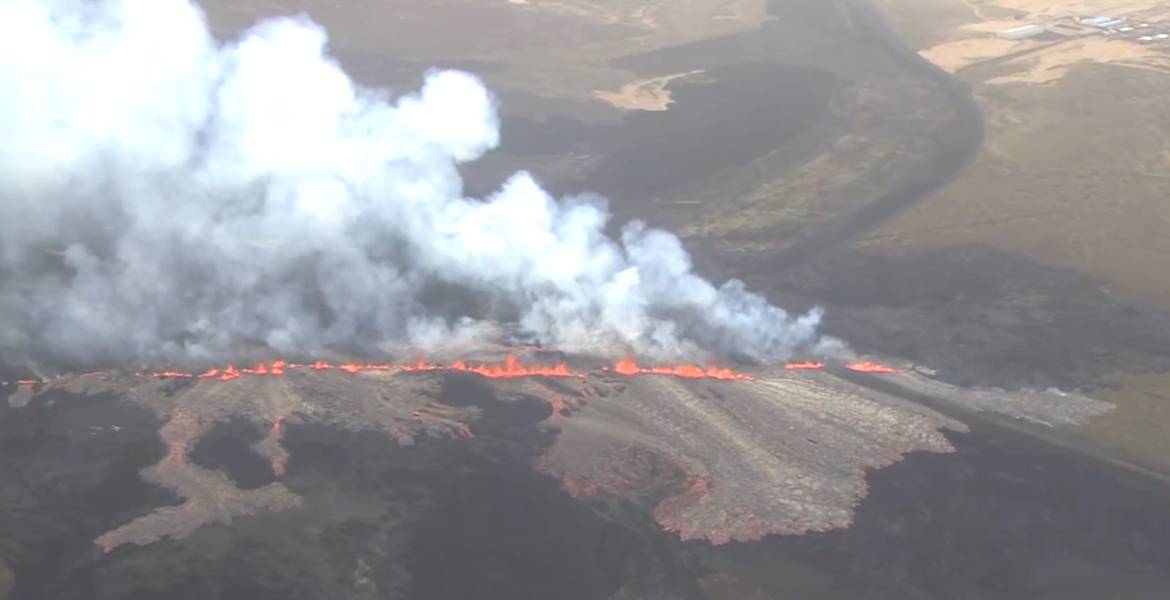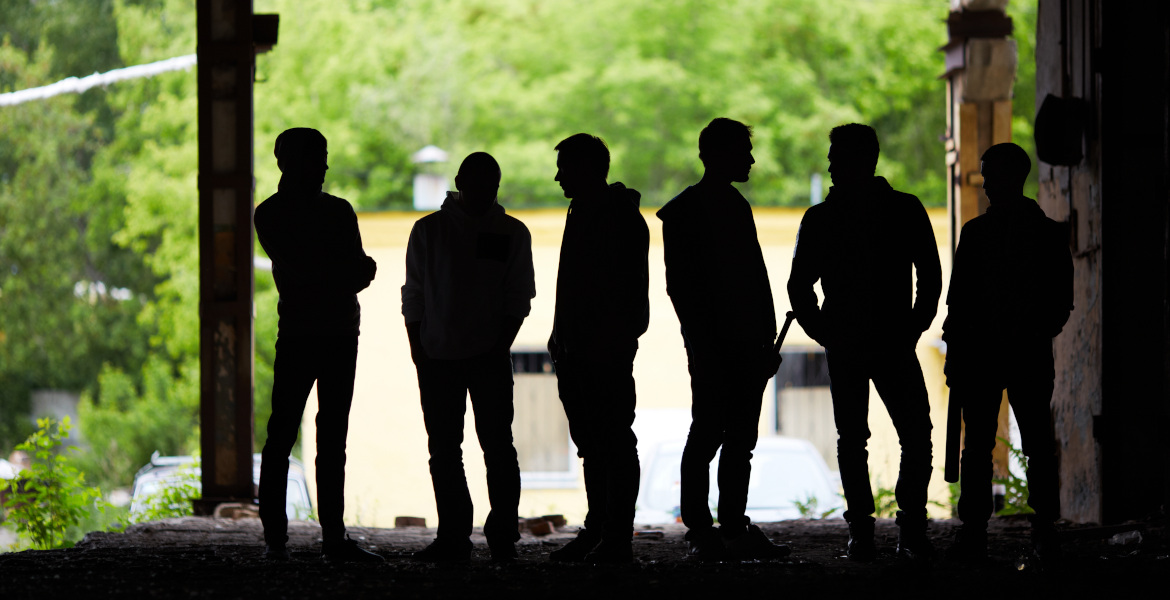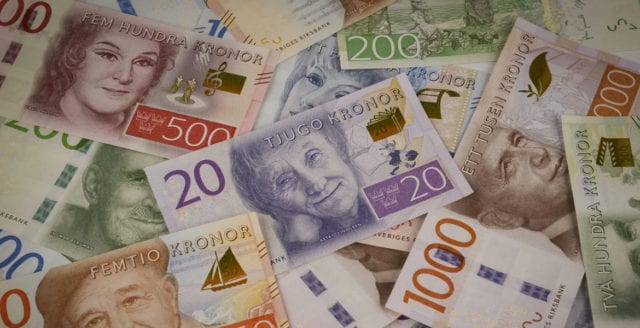On Tuesday morning, yet another volcanic eruption began on the Reykjanes Peninsula. As the town of Grindavik was evacuated once again, rescue personnel were threatened with firearms.
Just a few weeks ago, increased seismic activity was recorded on the peninsula, indicating that new volcanic eruptions were imminent. By this morning, over 200 earthquakes had been registered, and by lunchtime, lava began to flow from a crater.
Since December 2023, Iceland has been hit hard by volcanic eruptions. This is the eighth eruption at Sundhnúk crater.
Threatened with Shotgun
The town of Grindavik has once again been evacuated, but not without problems. A rescue worker was reportedly threatened with a shotgun by a resident when trying to evacuate the town. No one was injured and the person in question has been arrested. Furthermore, around eight people reportedly chose not to evacuate from the town.
Grindavik has been hit hard by the outbreaks. Despite protective walls, which were set up around the town, the lava still flowed in and set buildings on fire. However, most buildings have been destroyed by the earthquakes. Before the eruptions started, around 3,500 people lived in Grindavik, but now almost all the houses have been sold to the state and most people have moved away.
May be the last eruption
On Wednesday morning, it was confirmed that the eruption was over. The last eruption was described as milder, but that there was still a significant amount of magma. Benedikt Ófeigsson, head of deformation measurements at Veðurstofan, Iceland's meteorological authority, believes this may have been the last eruption in the current eruption sequence on the Reykjanes Peninsula.
– I think we can reasonably say this looks like the final phase in the sequence. Magma flow has slowed down significantly over the past year. But whether there could be one more eruption - that’s something we simply cannot know while it’s still unfolding, he told Icelandic state broadcaster RUV.





